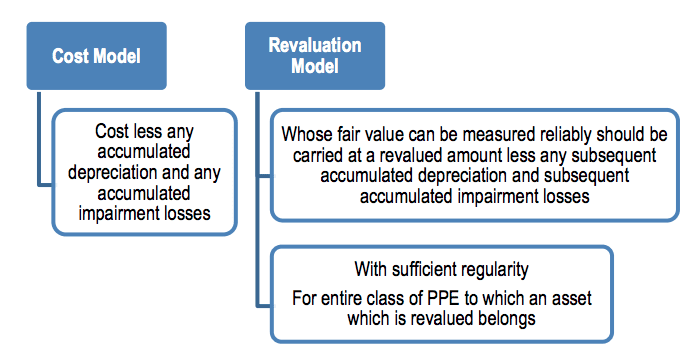Content

During the three months that follow, it sells $6,000 in T-shirts and makes $2,000 worth of purchases. At the end of the quarter, $4,000 worth of T-shirts remain ($8,000 beginning – $6,000 sold + $2,000 purchased). At some point, the inventory carried in the business becomes too old, that its realistic selling price becomes lower than the cost price it has been bought at. Partially completed inventory is known as work in process is inventory. This inventory requires additional processing before it can be classified as finished goods inventory. Multiply the gross profit percentage by sales to find the estimated cost of goods sold.
Subtract the cost of goods available for sold from the cost of goods sold to get the ending inventory. Eligible Finished Goods Inventory means Inventory that qualifies as Eligible Inventory and consists of first quality finished goods held for sale in the ordinary course of Borrowers’ business. BlueCart Coffee Company had an average of $6,000 worth of coffee inventory on hand throughout the year. For our example, let’s say ending inventory is $5,000, COGS is $4,000, and purchased inventory is $2,000. They purchase unroasted green coffee beans, roast them, package them, and sell them.
Beginning Inventory Formula: How To Value Inventory (
Inventory management is critical for any business that sells products. NetSuite Inventory Management, provides a real-time view of inventory across all locations and sales channels. NetSuite Inventory Management automates the tracking of inventory, orders and https://kelleysbookkeeping.com/ sales. It also features demand-based planning to help ensure that the right amount of inventory is in stock at any given moment. Not buying enough can lead to stockouts, whereas buying too much ties up cash and may result in write-offs and price discounts.
- Also, storing great amounts of inventory and/or many SKUs will raise your ecommerce warehousing costs.
- Another important use of beginning inventory relates to accounting.
- This can make it challenging to gauge proper inventory levels and trends accurately.
- It is a combination of both goods readily available for sale and goods used in production.
- We’ve put together a curriculum, specifically designed for retail owners or retail professionals who want to advance into senior management roles.
Multimedia Hub Listen to the Mind the Business podcast by QuickBooks and iHeart. Self-Employed The tools and resources you need to run your own business with confidence. Midsize Businesses The tools and resources you need to manage your mid-sized business.
Drawbacks and Challenges With Average Inventory
When inventory is sold, that cost is reported under the COGS on the balance sheet. And when that cost is a moving target, average inventory cost is helpful. Like other parts of the accounting process, inventory accounting consists of a cycle that perpetually repeats itself. Each business is free to have its own opening and ending dates for accounting periods. This means that one period’s opening inventory is actually the closing inventory from the previous period. There is no gap between accounting periods, although they do represent convenient points in time to correct errors and make adjustments to inventory figures.
Merchandise inventory is a current asset with a normal debit balance meaning a debit will increase and a credit will decrease. It is important to note that the methods of calculating ending inventory can only be used for estimating the inventory. A physical count or a cycle counting program is needed for an accurate ending inventory valuation. FIFO method is used during a period of rising prices or inflationary pressures as it generates a higher ending inventory valuation than LIFO . As such, certain businesses strategically select LIFO or FIFO methods based on different business environments.
Ending Inventory Calculation Methods With Example.
Accordingly, ending inventory, or closing inventory, is the value of inventory at the end of an accounting period. As with all business accounting, beginning inventory is a good way to better understand sales and operational trends for a business and make improvements to the business model based on the available data. Increased beginning inventory could be due to a business ramping up stock before a busy period, or it could signal a downward trend in sales.

With ShipBob, you can compute your beginning inventory in no time, without requiring staff to perform an inventory audit or a physical count of the products. A secondary use of beginning inventory is for the calculation of average inventory, which is used in the denominator of a number of performance measurements, such as the Beginning Inventory Definition inventory turnover formula. Inventory turnover measures how efficiently a company turns over its inventory in terms of COGS. It is calculated by COGS for a period divided by average inventory. It provides a ratio for understanding the movement of inventory and how often inventory was replaced during a specific period.
Resources
Open inventory, also known as opening inventory, is the amount of inventory that a business has on hand at the beginning of an accounting period, such as a new fiscal year or quarter. To a manufacturer, this means items that are completed and ready to ship out when an order is placed. For retailers, inventory is physical stock in a store or warehouse. Businesses can track inventory using physical counts, computerized records or a combination of the two for enhanced accuracy.

